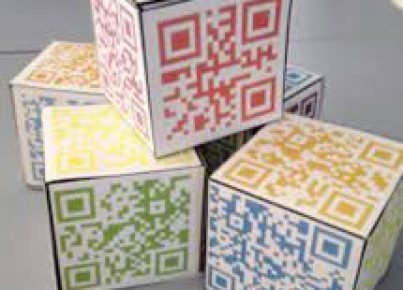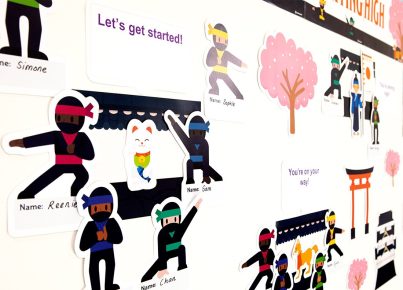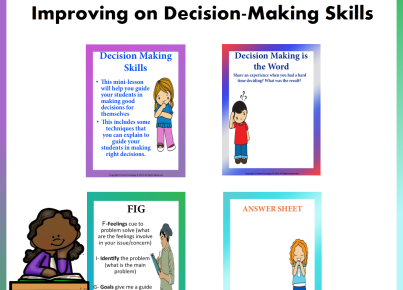Introduction:
In the ever-evolving world of education, the use of technology has become increasingly important to foster and enhance relationships between students and teachers. With the evolution of the internet, smartphones, and other digital tools, there are many ways that technology can be utilized to bridge the gap between students and educators. This article will explore three methods that can help improve student-teacher relationships by harnessing the power of technology.
1. Consistent Communication Through Online Platforms:
One of the most powerful ways in which technology can fortify student-teacher relationships is by encouraging consistent communication through online platforms. Applications such as Google Classroom, Remind, and Edmodo facilitate timely conversations between students and teachers by providing space for announcements, updates, and discussions. Consequently, this constant communication fosters a sense of connection and support that leads to strong relationships between students and their educators.
2. Personalized Learning Experiences with Adaptive Learning Technologies:
Adaptive learning technologies are an innovative way to create personalized learning experiences for students. These technologies assess each student’s strengths, weaknesses, learning styles, and progress in real-time. This enables educators to tailor curriculum and teaching strategies to meet individual student needs accurately. By catering to each student’s unique learning requirements, teachers are better equipped to support their academic growth and build meaningful connections through understanding.
3. Virtual Face-to-face Interaction Using Video Conferencing Tools:
Video conferencing tools, such as Zoom or Microsoft Teams, have revolutionized classroom dynamics by allowing students and teachers to connect beyond the walls of a traditional classroom. These tools enable students to engage in discussions and group projects from a distance while still receiving instruction from their teacher. Virtual face-to-face interaction nurtures an environment where students feel valued and heard – crucial components in nurturing strong student-teacher relationships.
Conclusion:
In conclusion, technology plays a pivotal role in cultivating fruitful relationships between students and teachers. By employing the strategies mentioned above, educators can create an inclusive learning environment that supports every student’s academic growth and fosters meaningful relationships. While technology has the potential to support classroom relationships, it is essential to remember that the key lies in the deliberate and effective implementation of these tools in everyday learning.





